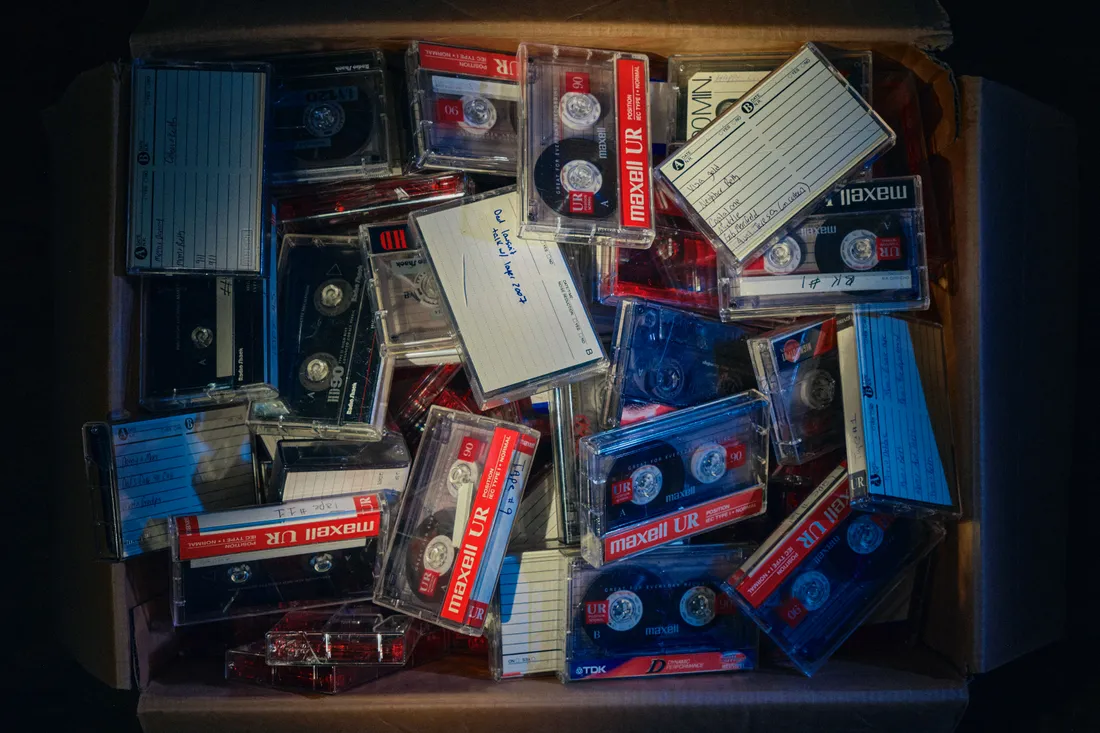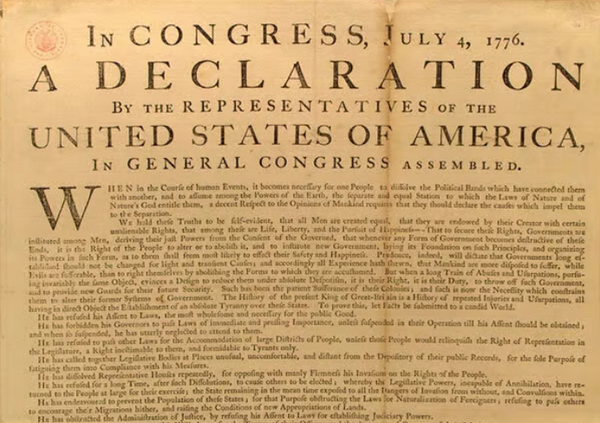Her father tapped the phones and revealed a family mystery

From The Cut: "A few years later, when I was away at college, I learned that my father had been tapping the phone lines. My mother had been adamant: “I am not cheating. I am not a cheater. When do I have time to cheat?” But my father’s career in car sales had given him a sensitive radar for dishonesty. So starting when I was in high school, in the mid-1990s, he would climb into the attic after she went to bed and situate himself at a makeshift station he had equipped with wires, jacks, and recording devices.Dad’s goal was to gather evidence to use as leverage in the divorce. He also used the recordings to exact revenge. After he found out that Mom bought a slinky yellow dress — a dress he thought she certainly wasn’t planning to wear for him — he cut off her credit cards. I remember my father making copies of the tapes, packaging them neatly in brown paper, and sending them to some of our relatives in Ohio."
Loos, lewdness, and literature from the 1700s: Tales from the Boghouse

From Public Domain Review: "The literary scholar Roger Lonsdale once suggested that our knowledge of eighteenth-century poetry has depended heavily on what our anthologies have decided to print. For the most part modern anthologies have, in turn, drawn on collections put together at the end of the eighteenth century and the beginning of the next, when the ideal for inclusion was essentially that of “polite taste”. The obscene, the feminine, and the political were by general cultural agreement usually omitted. Among the works that would never have been a source of poems for the canon was the collection of verse published in four parts by J. Roberts beginning in 1731, The Merry-Thought: or, the Glass-Window and Bog-House Miscellany, commonly known simply as The Bog-House Miscellany. Its contemporary reputation may be described as infamous."
Ada Lovelace’s endnotes in the 1800s foretold the future of computation

From Scientific American: "Many fields of science have a foundational document: Isaac Newton’s Principia for the physics of classical mechanics, for example, or Charles Darwin’s On the Origin of Species for evolutionary biology. But only computer science can claim its foundation hides in endnotes. Augusta Ada King, Countess of Lovelace, better known as Ada Lovelace, was commissioned in 1842 to translate a paper about the world’s first general-purpose computer. She appended her own annotations, which ran three times longer than the original article and completely eclipsed it in terms of technical meat and philosophical insights. The impressive foresight they reflected established her as the first person to envision the universal capabilities of computers that we take for granted today. In 1833, the year they met, Babbage had begun designing the first general-purpose mechanical computer, called the analytical engine."
She found a buried medieval treasure trove while out on her morning walk

From Twisted Sifter: "Picture the scene. You’re a rich person in 12th Century Europe. You’ve got a lot of money but the political situation in the Czech Republic (then known as the Kingdom of Bohemia) is unstable. Worried about losing your money, you bury it underground, in a spot known only to you. Left forgotten, your fortune remains undetected through the centuries. Then, 900 years later, a woman out on her daily walk spots something in the soil. That’s exactly what happened in Kutnohorsk, Czech Republic. The woman quickly alerted archaeologists, and a team of medieval experts excavated the site, finding over 2,000 coins. Though the previous owner of the coins remains unknown, they were almost certainly a high-ranking person in society. A scientist explained that this amount money would be almost inconceivable, even by modern standards."
The spider that became famous in the 1930s for waging a battle against a clock

From Weird Universe: "The Internet has made many animals famous, such as Grumpy Cat, Darwin the Ikea Monkey, and Sockington the Twitter Cat. But Internet-famous animals tend to be either pets or species that biologists describe as "charismatic." This hasn't always been the case. If we look back to 1932, we find an example of a spider that achieved overnight celebrity status, with the media producing daily reports of its adventures. The spider's rise to fame began on the morning of November 20, 1932 at 552 Parker Ave in Barberton, Ohio. Louise Thompson rolled over in bed, turned off her alarm clock, and then noticed a "tiny black dot" moving across the face of the timepiece. Closer examination by her husband, Cyril, revealed that the dot was a small spider. It had somehow gotten into the space between the face of the clock and the glass, and it was attempting to spin a web between the minute and hour hands."
Space shuttle tiles could be handled just seconds after being in a 2,200-degree oven
Space Shuttle thermal tiles were such poor heat conductors that you could grab them by their edges seconds after being in a 2200°C oven pic.twitter.com/lfBVQMW8e9
— Interesting As Fuck (@interesting_aIl) September 14, 2024
Acknowledgements: I find a lot of these links myself, but I also get some from other newsletters that I rely on as "serendipity engines," such as The Morning News from Rosecrans Baldwin and Andrew Womack, Jodi Ettenberg's Curious About Everything, Dan Lewis's Now I Know, Robert Cottrell and Caroline Crampton's The Browser, Clive Thompson's Linkfest, Noah Brier and Colin Nagy's Why Is This Interesting, Maria Popova's The Marginalian, Sheehan Quirke AKA The Cultural Tutor, the Smithsonian magazine, and JSTOR Daily. If you come across something interesting that you think should be included here, please feel free to email me at mathew @ mathewingram dot com



